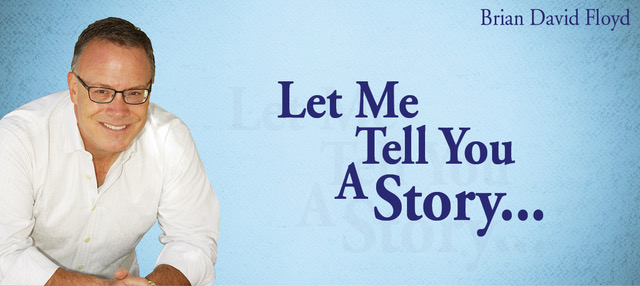After the birth of Jesus, the longest lasting and most recognized Christmas story is definitely A Christmas Carol written by Charles Dickens in 1843. Most of us know the plot by heart and the story has been retold in countless times.

There’s even two very different versions of A Christmas Carol on the 12 Movies for the 12 Days of Christmas list. But until this month I’d never read Dickens’ original story. It was quite a treat.
For the last few years I’ve wanted to read A Christmas Carol, but the busyness leading up to Christmas has prevented that. 2016 however is the year I pulled it off. Browsing through my favorite used book store in November, I found a paperback of Dickens’ classic work.
A Christmas Carol is quite short – only 124 pages in the version I read. The story moves quickly and could easily be read in one long sitting. Dickens does go into long asides and descriptions of certain things, but that doesn’t matter. The story he tells of Ebenezer Scrooge is powerful. That’s probably why we’re still telling the story 173 years later.
A Closer Look at Scrooge
Certain things came across to me reading A Christmas Carol that I didn’t really notice previously. While Scrooge has become an archetype of a greedy miser with no concern for his fellow man, he’s also a cautionary tale to the reader.
Scrooge didn’t start out where we met him at the beginning of the story. When he visits different past Christmases with the Ghost of Christmas Past, we see a lonely neglected boy. That boy does not know how to share love. It affects him greatly.
It’s not so much greed that drives Scrooge as he grew older, but the emotional wounds of his youth. His pursuit of money and success isn’t about greed. He’s seeking emotional security and self-sufficiency, something many of us want as well. But by achieving physical wealthy, Scrooge unwittingly descends into spiritual poverty. His financial status may appear to shield his vulnerability, but it actually makes him incapable of love. No wonder Scrooge is unhappy.
Scrooge’s repentance doesn’t wait until the end of the story, as is typical in today’s movies and books. Seeing his past and experiencing the current holiday with the Ghost of Christmas Present, Scrooge already sees the error in his ways. He sees how other people live and love. He sees how those with less money live more happily. He also sees how others view him. Scrooge realizes that he could and should have done things different in his life and wants to change.
That desire though, becomes complete commitment after the visit from the frightening Ghost of Christmas Yet To Come. This is a chilling and a heartbreaking portion of the book. Scrooge actually becomes a sympathetic character at this point. While he is ready to change his ways, it is only in seeing how his end plays out if he doesn’t do so that makes a lasting impact.
Yet, Scrooge receives the reprieve and is allowed to wake on Christmas Day a different man. He’s been transformed by the truth he’s seen. It has set him free of the chains he’s been building for himself. He’s been given grace for his sins. Scrooge repents and redeems his time as a kind, generous, and loving man who “knew how to keep Christmas well, if any man alive possessed the knowledge”.
That at its essence is not only the story of Christmas, but the Spirit of Christmas as well.
